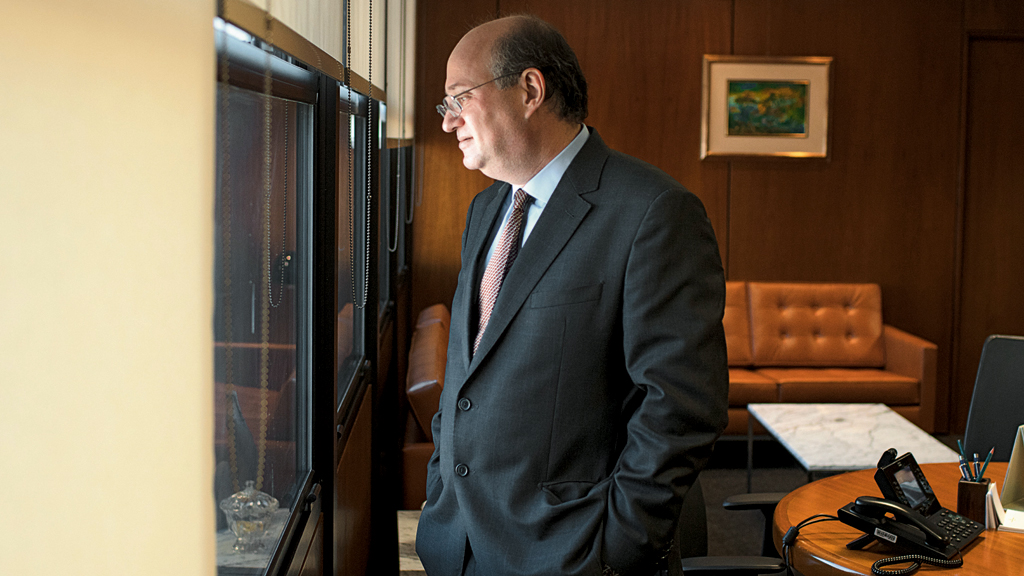When Ilan Goldfajn says goodbye to the president’s chair of Brazil’s Central Bank in the coming days, he will leave his successor, Roberto Campos Neto, a far better inheritance than the one he received. Under his leadership, the bank was able to control inflation and implement the lowest-ever benchmark tax rates, helping the country recover from its worst recession on record. Furthermore, he managed to rescue the credibility of the Bacen (Central Bank), which economists are considering the most important legacy of all.
Looking back, in June 2016, it all seemed very unlikely. Brazil was in the eye of a storm of soaring inflation and rampant unemployment. The political crisis prompted by scandals and the drained economy reached its peak, with Brazilian president Dilma Rousseff targeted by an impeachment process and Michel Temer acting as her stand-in.
For the Central Bank, things weren’t much better. The agency was accused of being influenced by the government during Alexandre Tombini’s tenure, maintaining interest rates lower when they should have risen to control rampant inflation.
It’s no wonder that Mr. Goldfajn’s first moves were toward supporting Bacen’s independence and keeping it focused on its mission: protecting the currency’s purchasing power. Speaking to Congress, he already argued that “it was necessary to rebuild the macroeconomic tripod [primary surplus, inflation targeting, and a floating exchange rate] as soon as possible,” while supporting the institutionalized independence of the Bacen.


